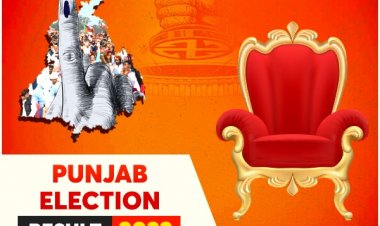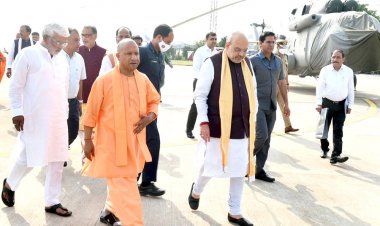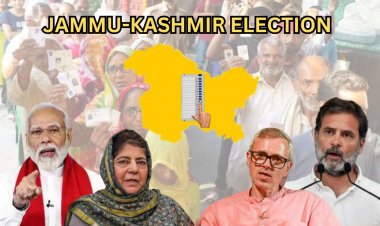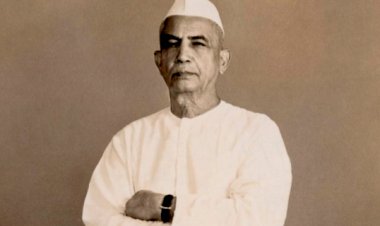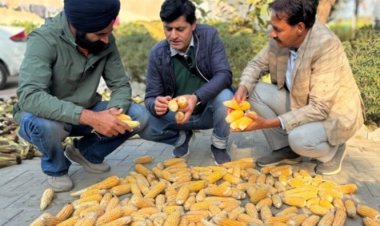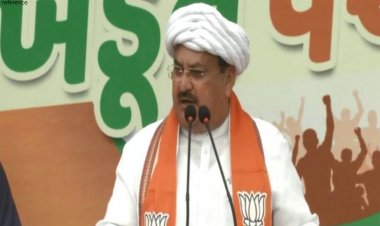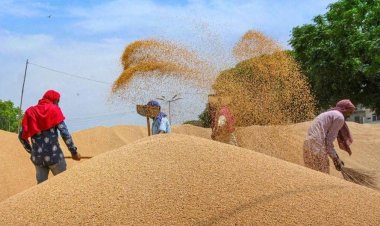Punjab to vote on Feb 20; local issues crucial in the election campaign here but no such discussions in Uttarakhand
Local issues are being discussed a lot in Congress-ruled Punjab while the focus is on the “double engine” slogan in BJP-ruled Uttarakhand. Not only the BJP but also the Congress is shying away from the issues concerning the common people. Rather, the latter is focusing more on finding faults with the BJP government.
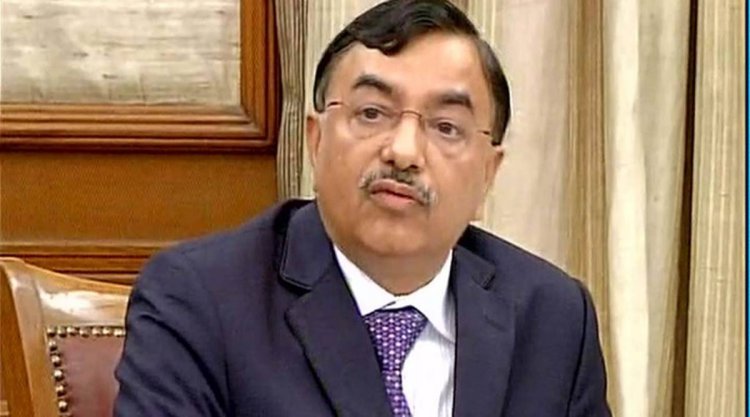
Assembly elections will now be held in Punjab on February 20 instead of the earlier scheduled February 14. The Election Commission has made this decision in response to the request made by Chief Minister Charanjit Singh Channi, BJP and other parties. In fact, the birth anniversary of Guru Ravidas is on February 16. The parties said that a large number of people from the Scheduled Castes (SC) community would visit Varanasi in Uttar Pradesh from February 10 to 16 and so may not be able to vote. The Commission should, therefore, postpone the date of the election. The state has about 32 per cent of Dalit voters. In 2017, Congress had won 21 of the 34 seats reserved for SCs.
The dates of elections will thus differ in Punjab and Uttarakhand now. But one can also see a fundamental difference in the election campaigns being done in the two states. Local issues are being discussed a lot in Congress-ruled Punjab while the focus is on the “double engine” slogan in BJP-ruled Uttarakhand. Not only the BJP but also the Congress is shying away from the issues concerning the common people there. Rather, the latter is focusing more on finding faults with the BJP government.
During the last Assembly elections in Punjab, the issues of sacrilege and drugs made the headlines. There have been stray incidents of sacrilege once again before the current elections. Last time, such incidents had occurred a few days before the elections. Despite this having been a major issue in those elections, no concrete action could be taken against the guilty during the former Amarinder Singh regime. Congress had promised to bring the perpetrators to justice soon. Even after Amarinder’s exit, there has been no concrete development in this direction in the Charanjeet Singh Channi regime either.
Channi has made promises of power at Rs 3 per unit, jobs to one lakh youths every year and interest-free loans. The Aam Aadmi Party (AAP) is trying to replicate its Delhi model here. Kejriwal has promised to provide 300 units of free electricity and a thousand rupees a month to all women voters.
Before the last elections, the Congress had promised to wipe out the drugs menace within a month. But, five years later, drug use continues to be as prevalent as it was then.
Among the other major issues that would influence the elections, agriculture is the most crucial. Protesting the three controversial central farm laws, farmers from Punjab sat on a dharna on the borders of Delhi for more than a year. The question that arises is how much the political parties would benefit from this issue as 22 of the 32 protesting farmer organizations have themselves formed a front to contest the elections.
BJP’s CM face not clear
If Channi is the chief ministerial (CM) face of the Congress, the Shiromani Akali Dal (SAD)-Bahujan Samaj Party (BSP) alliance has projected Sukhbir Badal as the CM candidate. The AAP will declare its CM face on Tuesday. On January 13, party chief and Delhi chief minister Arvind Kejriwal had announced a phone number on which people could send their preference in this regard. The party claims that 14 lakh people have stated their choices on this number so far. Balbir Singh Rajewal is the chief claimant of the CM post on behalf of the farmers’ organizations. But it is not yet clear who the CM face will be for the BJP-Amarinder-Sukhdev Singh Dhindsa alliance.
Last time the BJP had contested from 23 seats in alliance with the SAD. It is for the first time that it is considering fielding its candidates from 80-odd seats. Obviously, that would leave very few seats for Amarinder’s and Dhindsa’s candidates in the 117-seat Assembly.
Local issues do make the headlines to some extent in the election campaign in Punjab, but issues concerning people are missing in Uttarakhand. On the contrary, both the main political parties are trying to woo the voters merely with promises. If the BJP is trying to sail through the elections with its “double engine” slogan, the Congress is only focusing on the faults of the BJP government instead of raising issues concerned with the common people.
Migration, employment, water, health, education, roads and agriculture are the local issues here, but no political party is raising these issues. In absence of adequate means of livelihood, migration continues from the hills. People are struggling with basic facilities like water, health and education even today. Projects like Char Dham make the headlines even as there is little progress on connecting the villages with roads.
The AAP is trying here, too, to emerge as the third force but it has little presence as of now. It is trying to adopt the “free model”. It has made its announcements for the families of soldiers, ex-soldiers and martyrs along with economic support to women every month, free electricity, and pilgrimage for the old.
It will become clear only on March 10 which political party people have trusted the most for the promises they have made.



 Join the RuralVoice whatsapp group
Join the RuralVoice whatsapp group


















